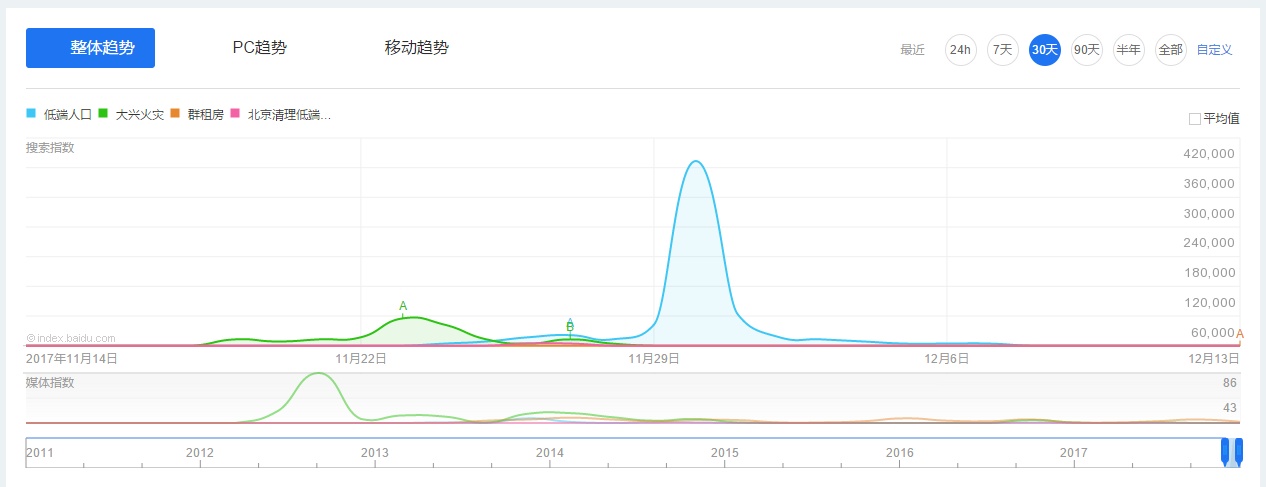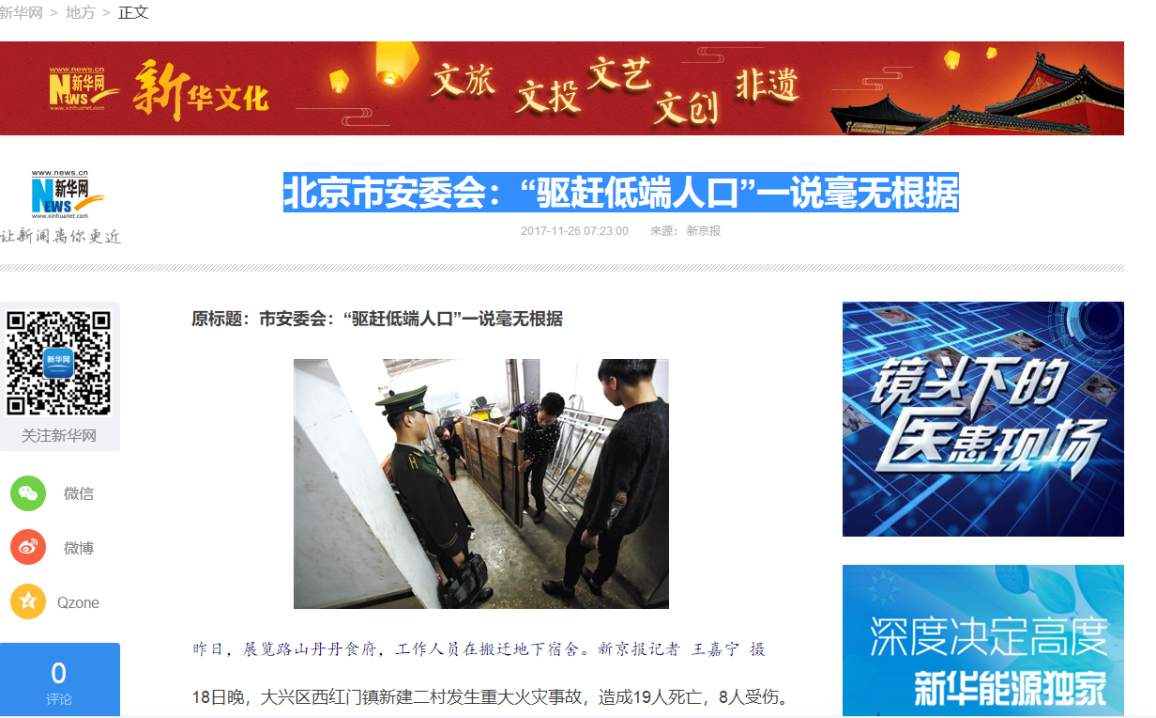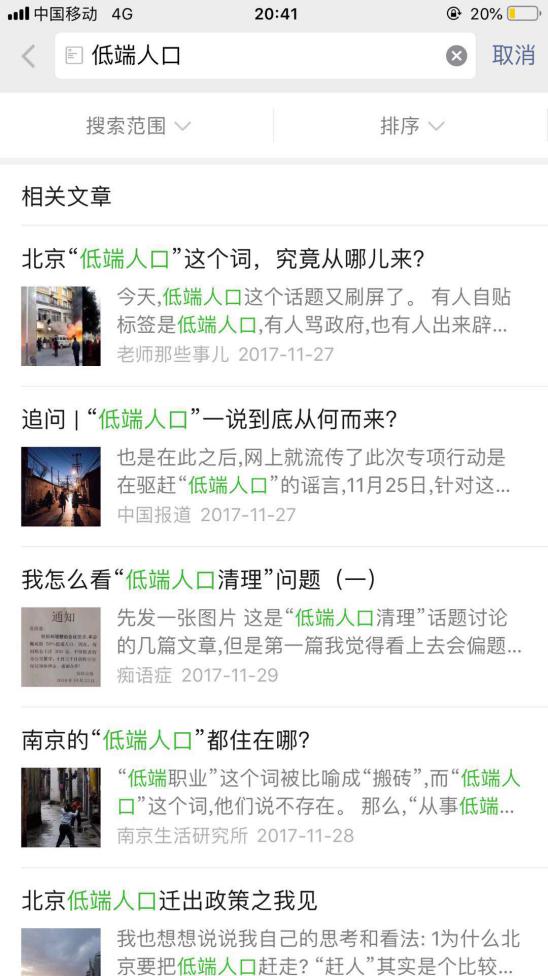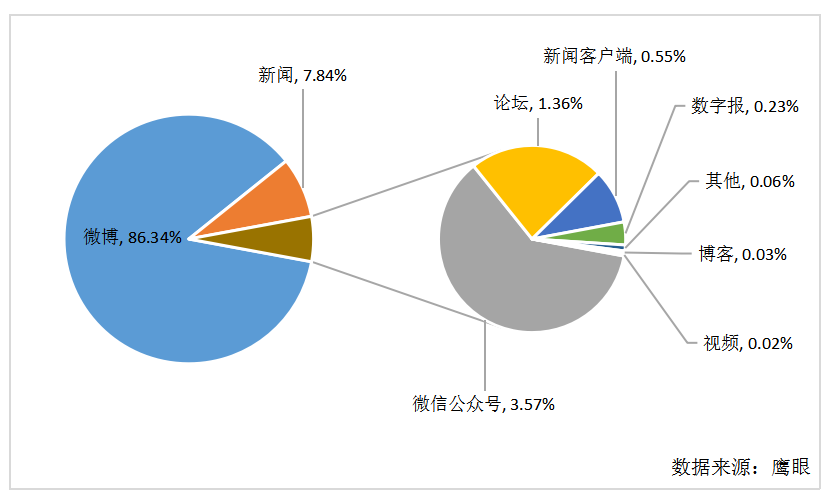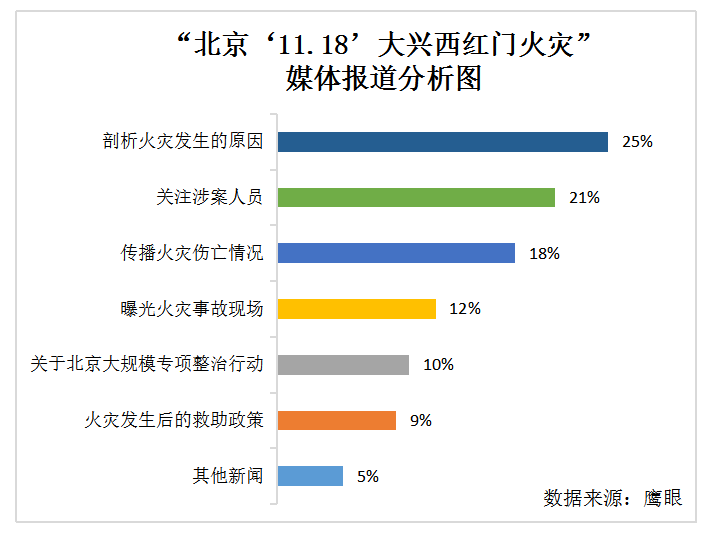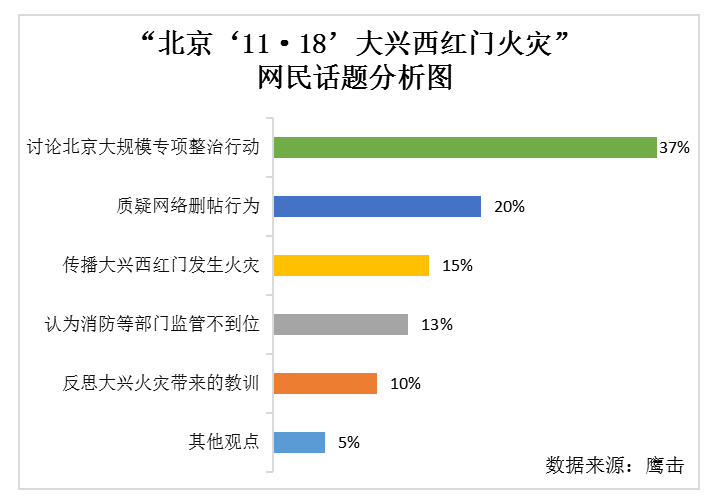新媒体时代网络舆情在应急管理中的影响和应对研究——以北京“低端人口”事件为例毕业论文
2020-04-17 15:08:15
摘 要
在新媒体时代下,舆情的传播在互联网的承载下有了新的传播途径,网络舆情在社会中的传播影响已经成为应急治理中重点研究的方面。
新媒体时代下的网络舆情由于其时效性、突发性、引导性、真实性,对中国当下的应急治理模式提出了新的挑战,同时对政府应急管理机制建设中的主体与客体产生了深远的影响。传统的应急管理模式已经不适合当下互联网网络舆情的发展,需要紧密结合理论实际,运用大众传播理论、治理理论、风险管理理论,变应急“管理”为应急“治理”。
因此,基于新媒体时代下网络舆情如何影响应急治理的模式和机制,本文从目前网络舆情在应急治理中应用的现状、“低端人口”案例的分析等方面进行研究,提出网络舆情阶段性分析。针对国内各种有关网络舆情事件的处理结果分析出网络舆情在应急治理中的正面与负面的影响,并根据网络舆情的真实性与时效性提出网络舆情在政府应急治理中的引导建议。
关键词:新媒体 网络舆情 低端人口 应急治理 应对研究
Research on the Impact of Network Public Opinion on Emergency Management in the New Media Age and Its Response: A Case Study of Beijing's "Low-end Population" Incident
Abstract
In the era of new media, the dissemination of public opinion has a new way of dissemination under the load of the Internet. The influence of network public opinion in the society has become an important aspect of emergency management.
Because of its timeliness, suddenness, network public opinion in the new media era poses new challenges to China's current emergency management model, and has a far-reaching impact on the subject and object in the construction of government emergency management mechanism. The traditional emergency management mode is no longer suitable for the development of Internet public opinion. It needs to be closely combined with theory and practice, using mass communication theory, governance theory and risk management theory to change "management" into "governance".
Therefore, based on how network public opinion affects the mode and mechanism of emergency management in the new media era, this paper studies the current situation of the application of network public opinion in emergency management and the analysis of "low-end population" cases, and puts forward the stage analysis of network public opinion. This paper analyses the positive and negative effects of network public opinion on emergency management according to the results of dealing with various domestic network public opinion incidents, and puts forward guidance suggestions for network public opinion in government emergency management according to the authenticity and timeliness of network public opinion.
Key Words: Low end population; Low end population; Contingency management; Countermeasure research
目 录
中文摘要 I
英文摘要 II
一、绪论 1
(一)研究背景 1
(二)研究综述 2
1.国内研究现状 2
2.国外研究现状 3
3.研究现状与本文相关性 4
(三)研究意义 4
1. 现实意义 4
2. 理论意义 4
二、概念界定和理论基础 6
(一)相关概念 6
1. 新媒体 6
2. 应急治理 6
3. 网络舆情 7
(二)理论基础 8
1. 大众传播理论 8
2. 风险管理 8
3. 治理理论 8
三、网络舆情在应急治理中的应用现状分析 10
(一)网络舆情治理相关政策 10
(二)网络舆情相关治理机构 10
(三)网络舆情阶段性分析 11
1. 舆论萌芽期 12
2. 舆论酝酿期 12
3. 舆论爆发期 12
4. 舆论蔓延期 13
5. 舆论恢复期 13
四、北京“低端人口”案例分析 14
(一)事件概述 14
(二) 北市政府对负面言论的处理办法 15
1. 发布澄清文件 15
2. 进行善后安置 16
(三)北京市政府在舆情处理中的不足 17
1. 政府消极应对网络舆论 17
2. 政府缺乏与各大媒体平台的沟通 18
(四)北京市政府在舆情处理中处理不足的原因 19
1. 政府对于网络舆情的应急治理经验不足 19
2. 政府舆情引导机制不够合理 21
五、新媒体时代网络舆情在应急治理中的影响 22
(一)负面影响 22
1. 对治理主体的影响 22
2. 对治理客体的影响 22
(二)正面影响 23
1. 对治理主体的影响 23
2. 对治理客体的影响 23
六、在应急治理中政府对于网络舆情治理的应对建议 25
(一)治理原则 25
1. 时效性原则 25
2. 真实性原则 27
(二)治理对策 28
1. 加强政府对网络舆情监测力度,强调事前分析 28
2. 提升网络舆情应对能力,紧密联系媒体 29
3. 运用网络舆情,拓宽应急治理思路 29
4. 建立网络舆情应急治理常设机构 31
结语 33
参考文献 34
致谢 36
一、绪论
研究背景
在传统媒体时代,由于信息的传递的速度与效率有限,所以人们所获得的信息并不完全真实。广大民众对于社会上的一些事物所发表的看法、理解、态度等等都会形成较为紧密的社会舆论场,由于很多人并不知道事情的原委真相,所以这样的社会舆论就会以讹传讹,一传十十传百地传播开来。
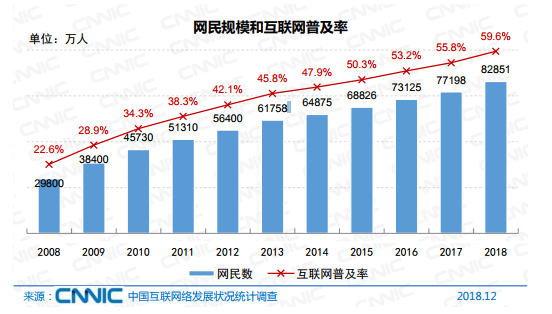 而在新时代互联网技术的到来和持续发展让信息在线上的传输速度指数级加快,从3G网络到4G网络,并逐渐向5G网络发展,在与各类移动终端完美结合之后,浩瀚的网络数据库随之产生。而计算机和互联网技术的飞速发展、移动终端的迅速普及、广大民众对社会热点问题、热点新闻的参与意识明显提高,导致传统的社会舆情表达渠道远远不能适应和满足当前形势与广大民众参与社会管理、社会治理的需求,网络取而代之成为必然。
而在新时代互联网技术的到来和持续发展让信息在线上的传输速度指数级加快,从3G网络到4G网络,并逐渐向5G网络发展,在与各类移动终端完美结合之后,浩瀚的网络数据库随之产生。而计算机和互联网技术的飞速发展、移动终端的迅速普及、广大民众对社会热点问题、热点新闻的参与意识明显提高,导致传统的社会舆情表达渠道远远不能适应和满足当前形势与广大民众参与社会管理、社会治理的需求,网络取而代之成为必然。
以上是毕业论文大纲或资料介绍,该课题完整毕业论文、开题报告、任务书、程序设计、图纸设计等资料请添加微信获取,微信号:bysjorg。
相关图片展示:
